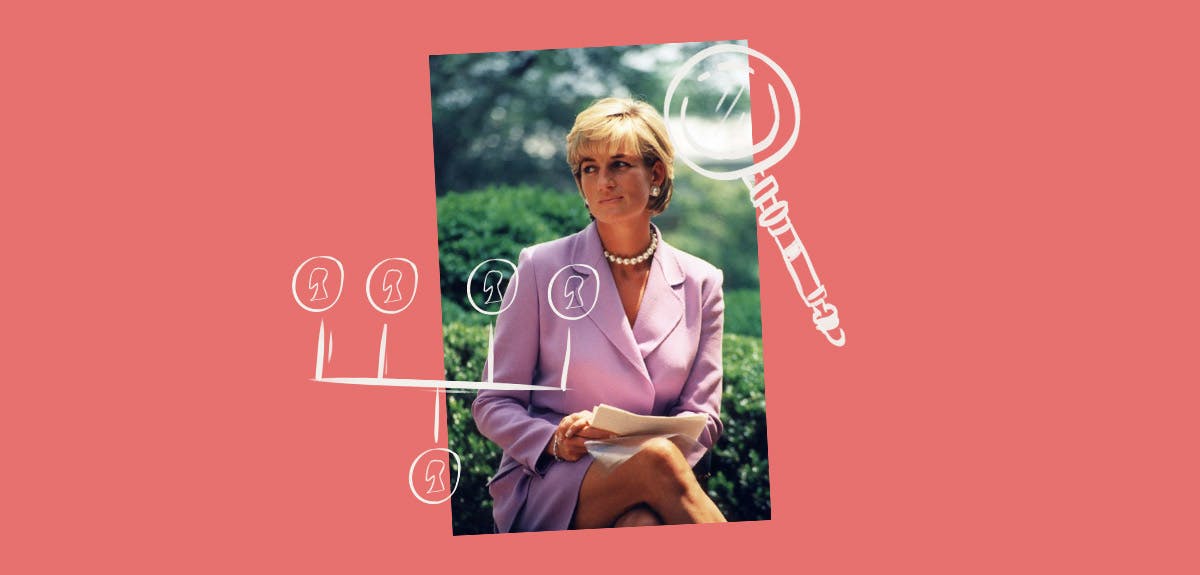Knights of the Realm: Uncover your ancestors' great deeds
3-4 minute read
By The Findmypast Team | March 12, 2024
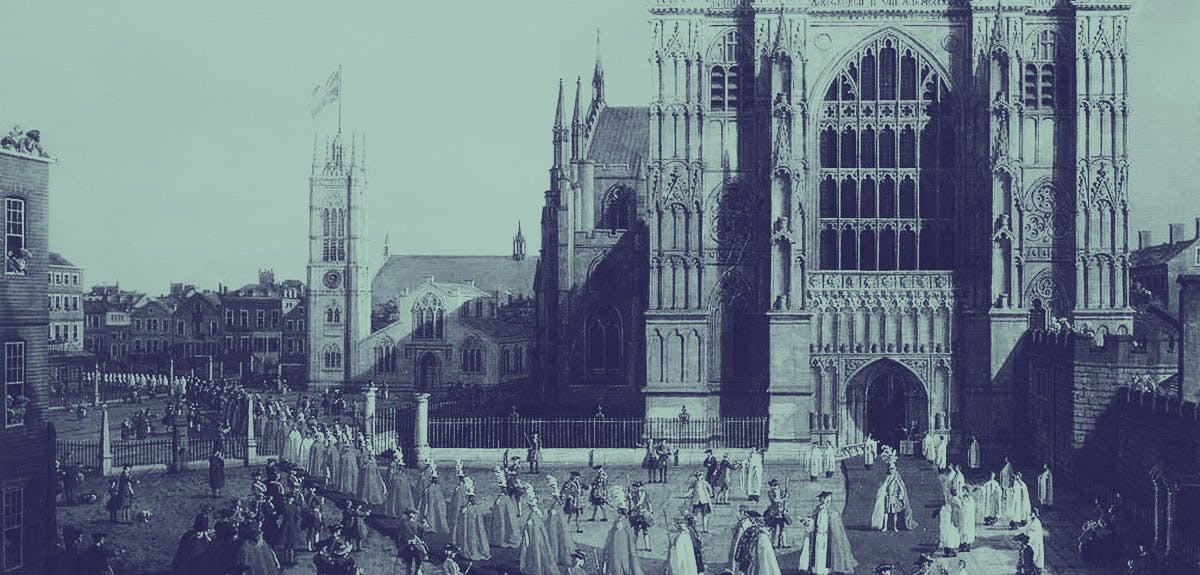
Are there Knights or Dames in your family tree?
Every New Year recipients are honoured with titles as part of the British Honours System. Have your relatives been among them? Delve into the rich history of our Britain, Knights Of The Realm & Commonwealth Index, which meticulously documents over 35,000 individuals honoured with orders of chivalry by the British monarchy. This comprehensive resource sheds light on the remarkable lives and achievements of distinguished figures in the history of the United Kingdom.
The British Honour System
The honours system was established to recognise individuals for their courage, accomplishments or contributions. While Anglo-Saxon rulers historically acknowledged loyal subjects with tokens of appreciation, it was during the 14th century that Norman Kings introduced knighthoods to Britain.
Discover the great and the good of British history
Explore thousands of records celebrating the people who made a difference.
The Order of the Garter, established in 1348 by Edward III, is the premier British civil and military honour. Founded with 25 esteemed knights, the origins of the Order of the Garter are uncertain due to the loss of early records in a fire. Consequently, historians can't be sure of its original purpose, symbolism and the source of its motto: "Shame on him who thinks evil of it." One theory suggests that Edward wanted to establish an exclusive order like the Round Table of Arthurian legend to strengthen his campaign for the French crown.
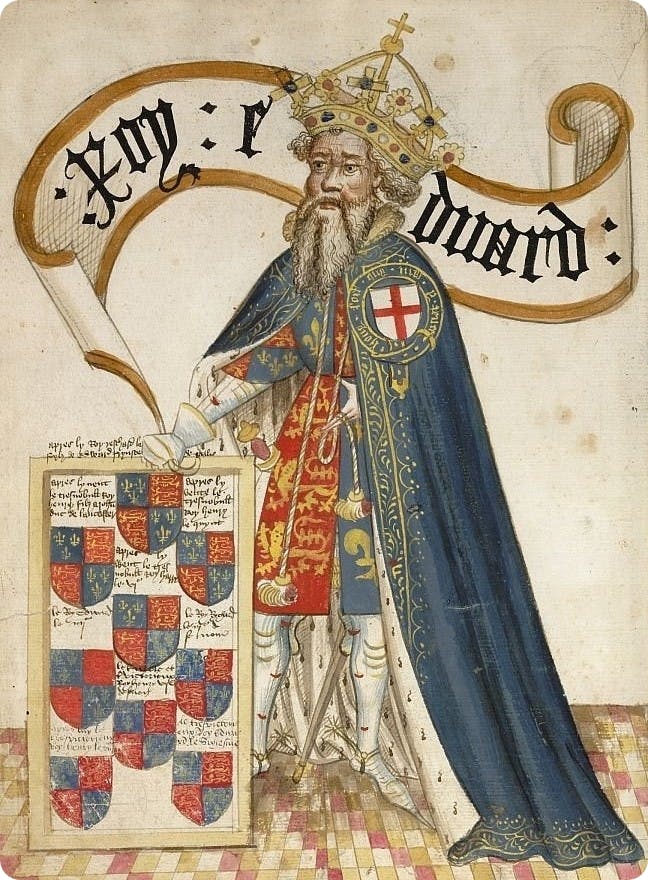
King Edward III, the first sovereign of the Order.
Although the reigning monarch remains the "fountain of honour" for recognising service, how candidates are identified has changed considerably over the generations. Various orders of knighthood have been created throughout history as well as awards for military service, individual bravery, merit and achievement which take the form of decorations or medals
Badges of entitlement: Knights of the Realm records
Our index comprises individual transcripts that list a recipient's name, birth year, death year (if applicable), the type of award they received and the date they received it. The transcripts also often include a biography featuring the recipient's rank or occupation and any additional remarks, such as where they were dubbed.
Colin J Parry has spent decades compiling this comprehensive index. It determines how many knights were made in each century and who received such honours and orders of chivalry. Parry started his database with knighthoods from the 16th century, as earlier awards are difficult to verify. However, he has confirmed several earlier knighthoods, leading to several hundred pre-1500 knights being listed. The index covers 17 different honours and decorations, both current and dormant.
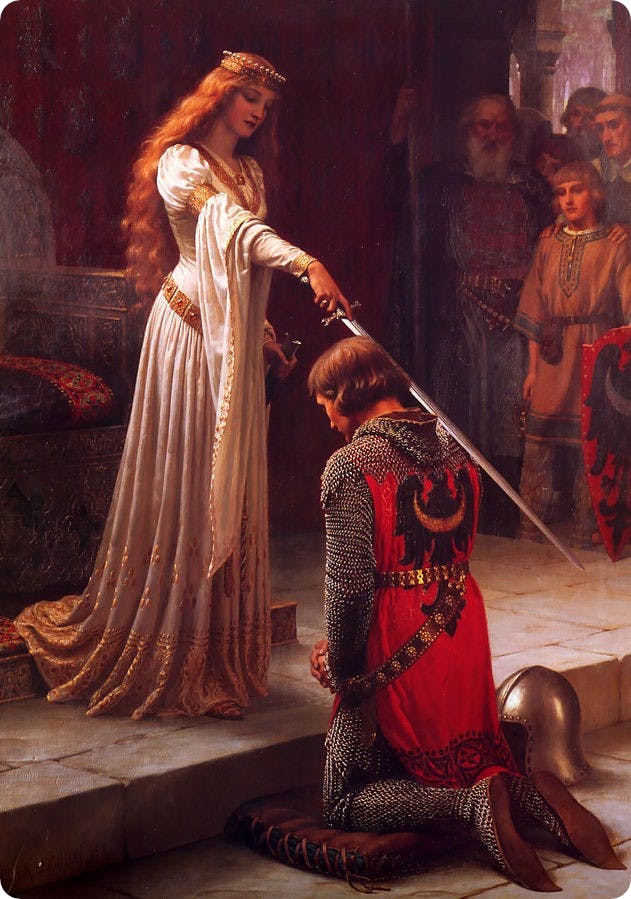
This painting by Edmund Leighton depicts a fictional scene of a knight receiving an accolade.
Honours are split into classes (or orders) and graded to distinguish different degrees of achievement or service. Each order comes with a title which is often abbreviated. This complete list of abbreviations used in Britain, Knights of the Realm index will help you make sense of the abbreviations you encounter as you explore the records. You can also learn more about the history of the various honours and titles covered by reading our Britain, Knights of the Realm chronologies page.
Knight Bachelor (Kt Bach) is the lowest rank of knighthood for a male recipient and is not part of an order of chivalry. Recipients have been given the Knight Bachelor title since the 13th century. The lowest rank of knighthood for female recipients is the Dame Commander of the Most Excellent Order of the British Empire (DBE).
Knight Banneret (Kt Bann) is a higher military ranking than Kt Bach. It is conferred by the sovereign only on the battlefield (although proxies could suffice as long as the recipient's standard was on the battlefield). Knight bannerets were medieval knights who led troops into battle under their banner. The last confirmed bestowal of a Knight Banneret was by Charles I in 1642.
Dormant Orders
In line with the decline of the British Empire, some orders are no longer valid like the Order of St Patrick and orders related to the British Raj.
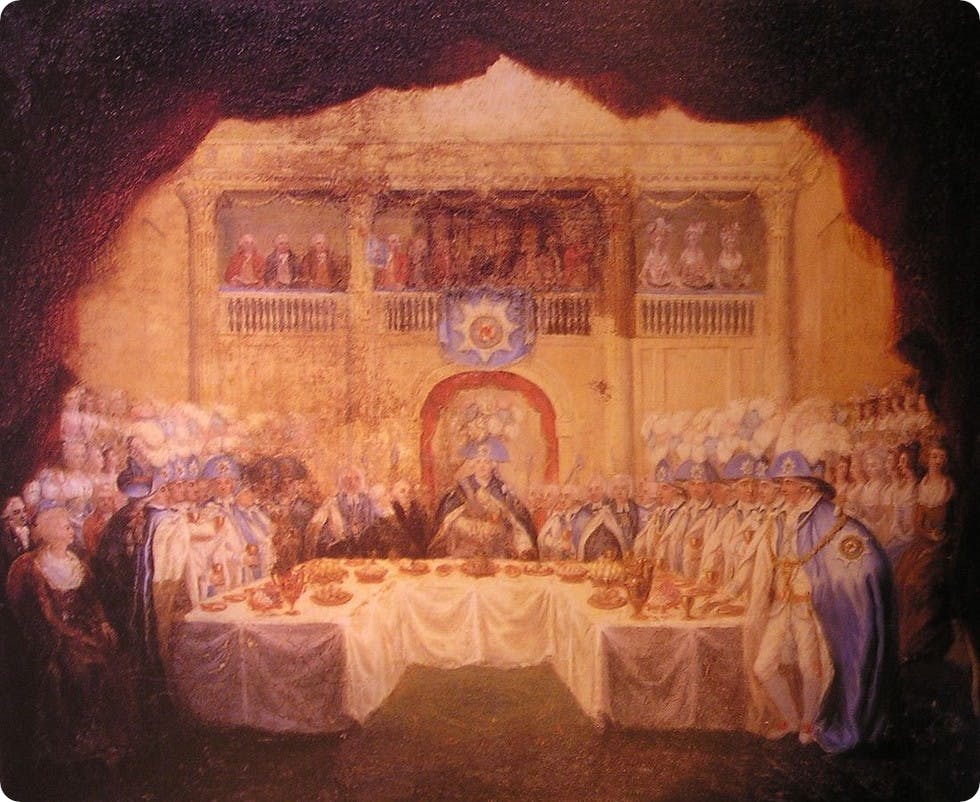
The installation dinner for the founding of the Order of St Patrick took place on 17 March 1783 in the Great Hall of Dublin Castle.
Current Orders
There are currently six orders of chivalry and four orders of merit. They range from the Most Noble Order of the Garter to the Most Distinguished Order of St Michael and St George to the Most Excellent Order of the British Empire which awards the Knight/Dame Grand Cross (GBE), Knight/Dame Commander (KBE/DBE), Commander (CBE), Officer (OBE) and Member (MBE) titles many of us are familiar with.
Decorations
Several decorations and medals can be awarded as part of the current system, usually for outstanding military service. They include the Victoria Cross, the George Cross and the Distinguished Service Cross.
This fascinating collection documents some of the most influential figures in British and world history. If you find a distinguished ancestor among the records, see if you can add to their story with corresponding reports from our newspaper archives. It's also worth checking back regularly. The index is updated every six months (January and June) in response to the New Year Honours list and the King's Birthday Honours list.
Other articles recommended for you
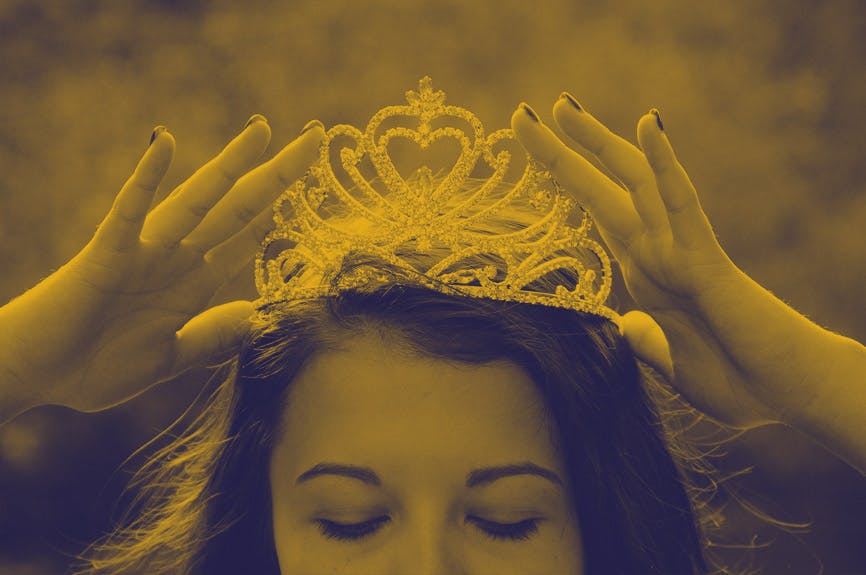
Are you related to royalty? Here's how to find out if there's a royal connection in your family tree
Getting Started
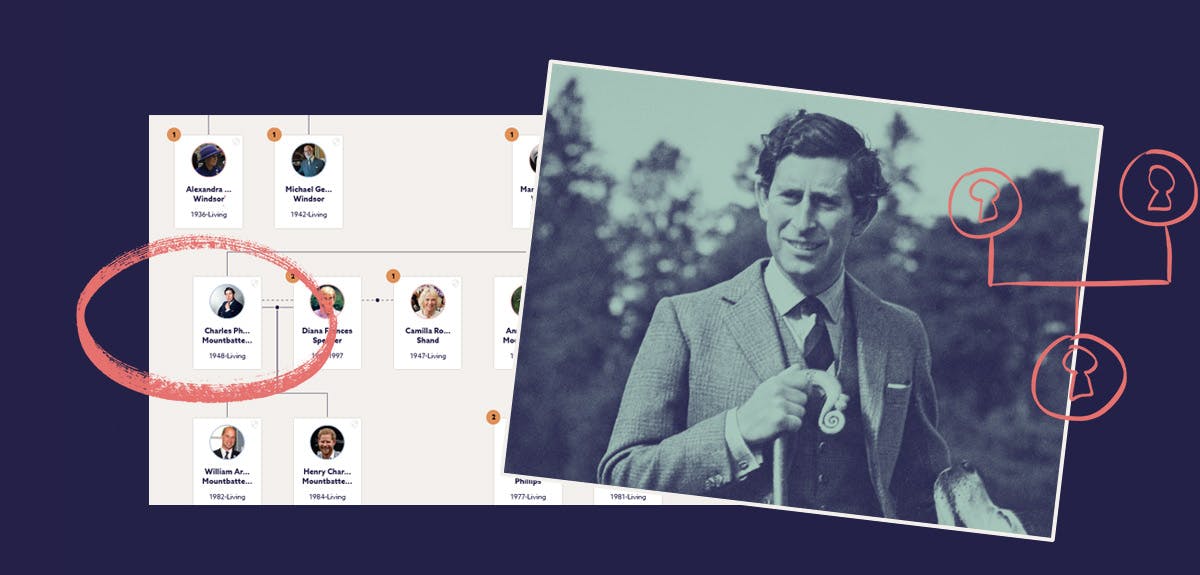
Who's who on King Charles III's family tree?
Build Your Family Tree

Into the ice: the Antarctic expeditions of Sir Ernest Shackleton
History Hub
